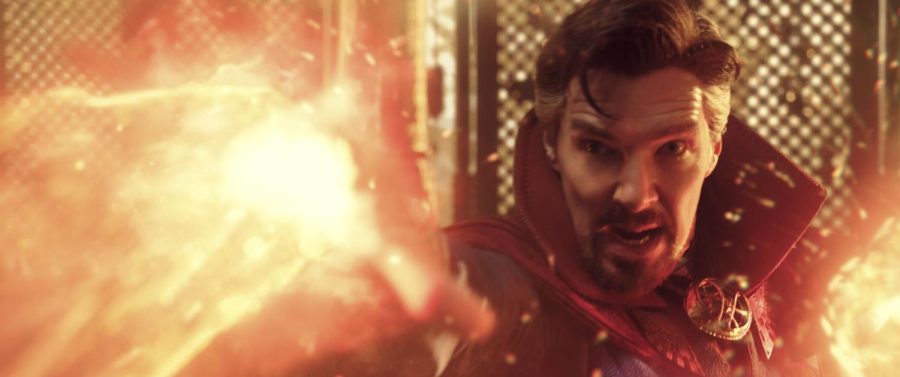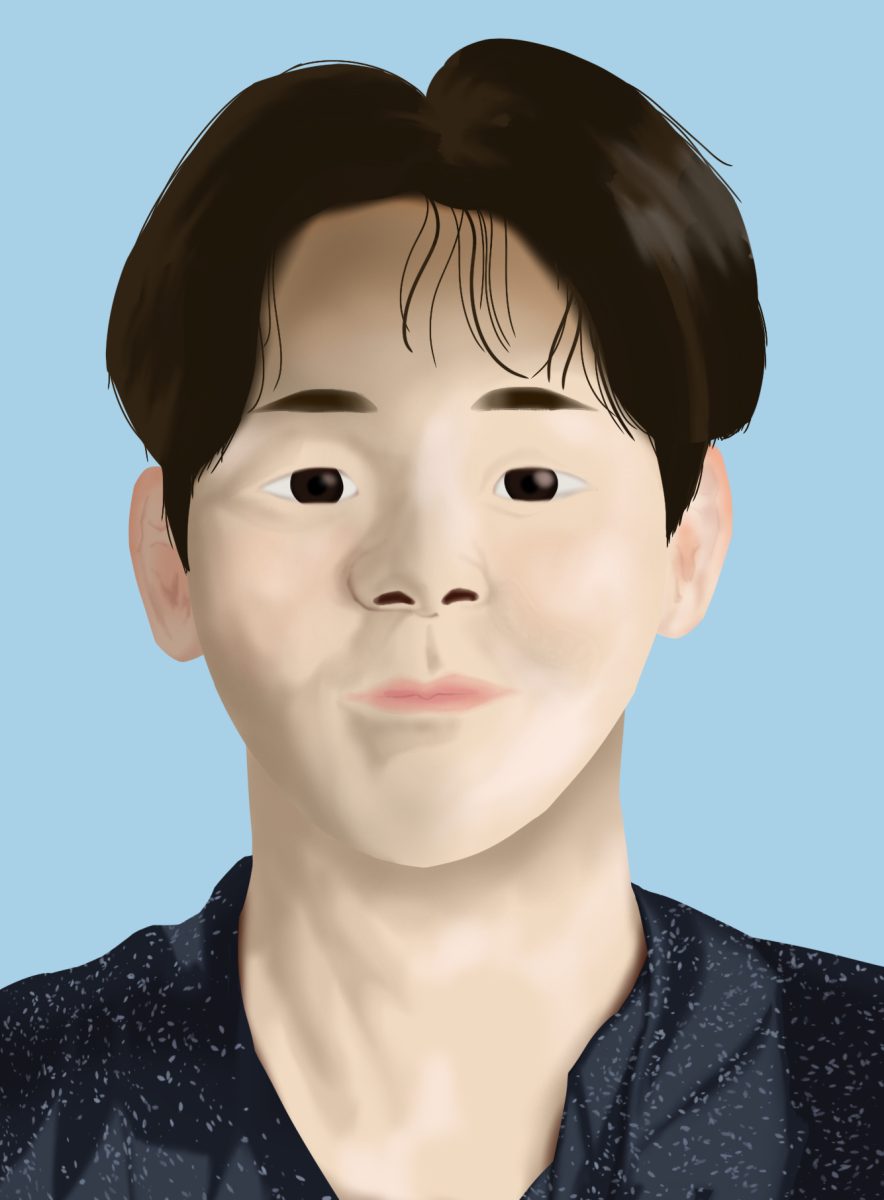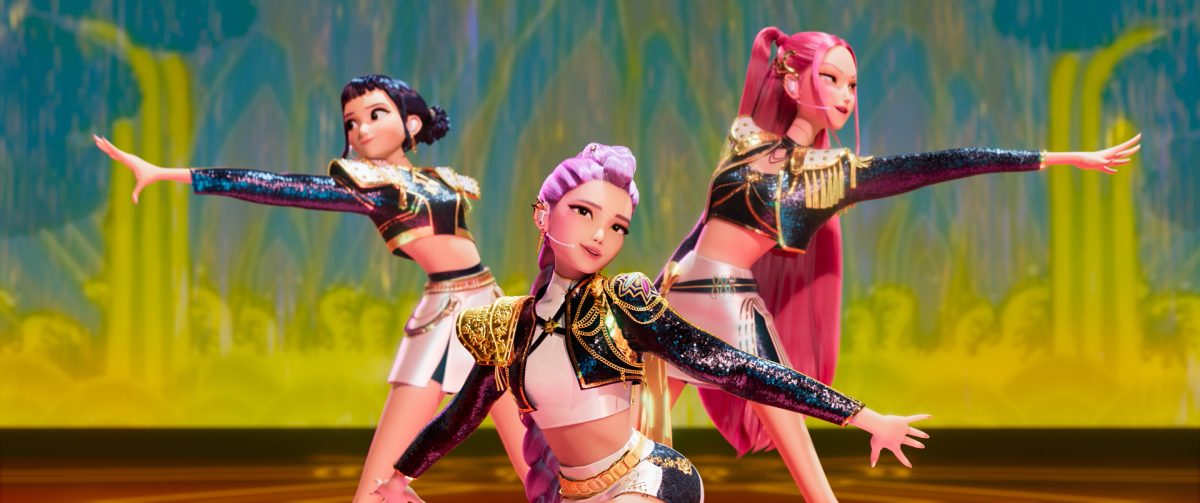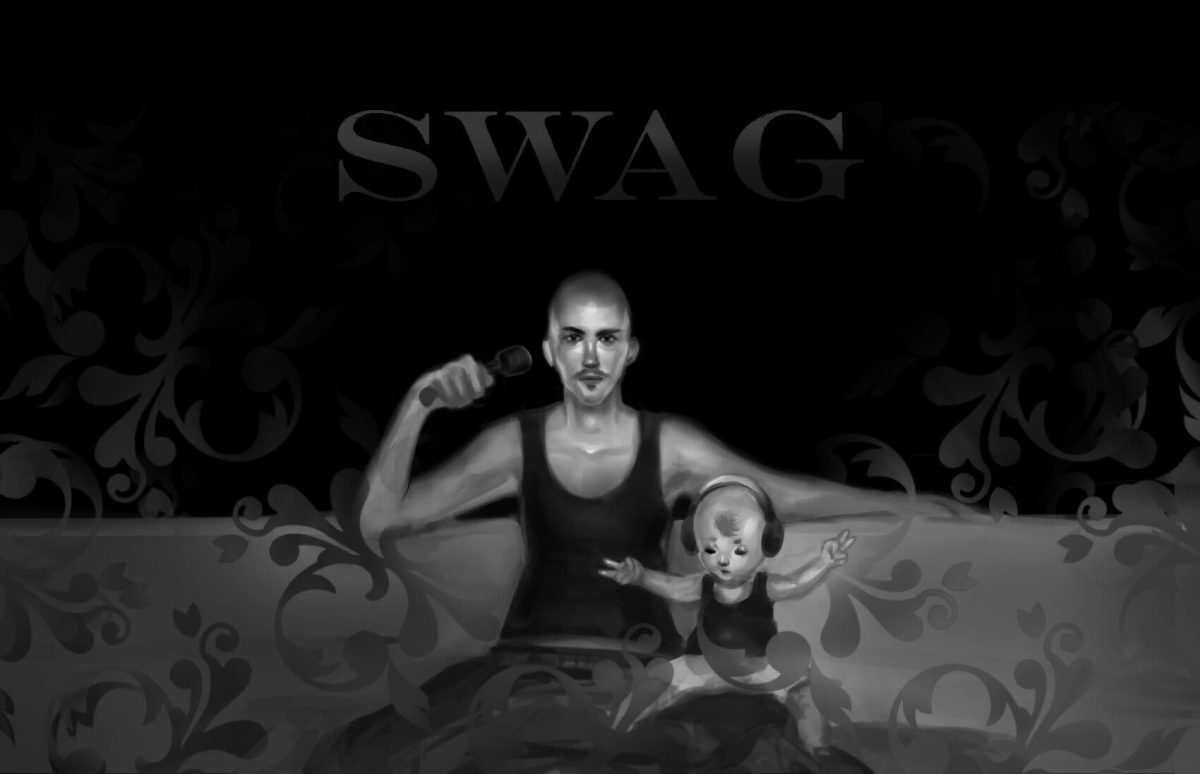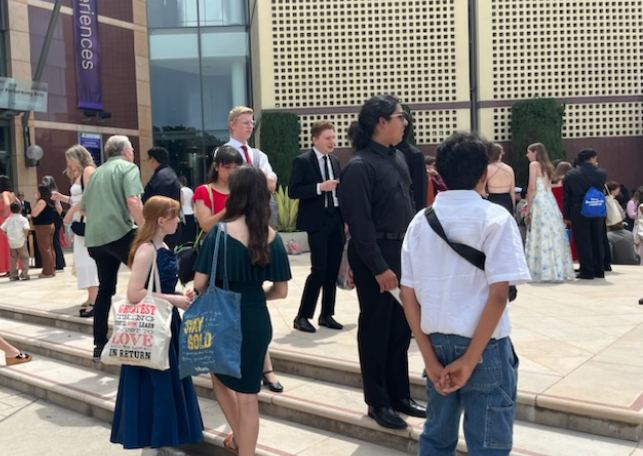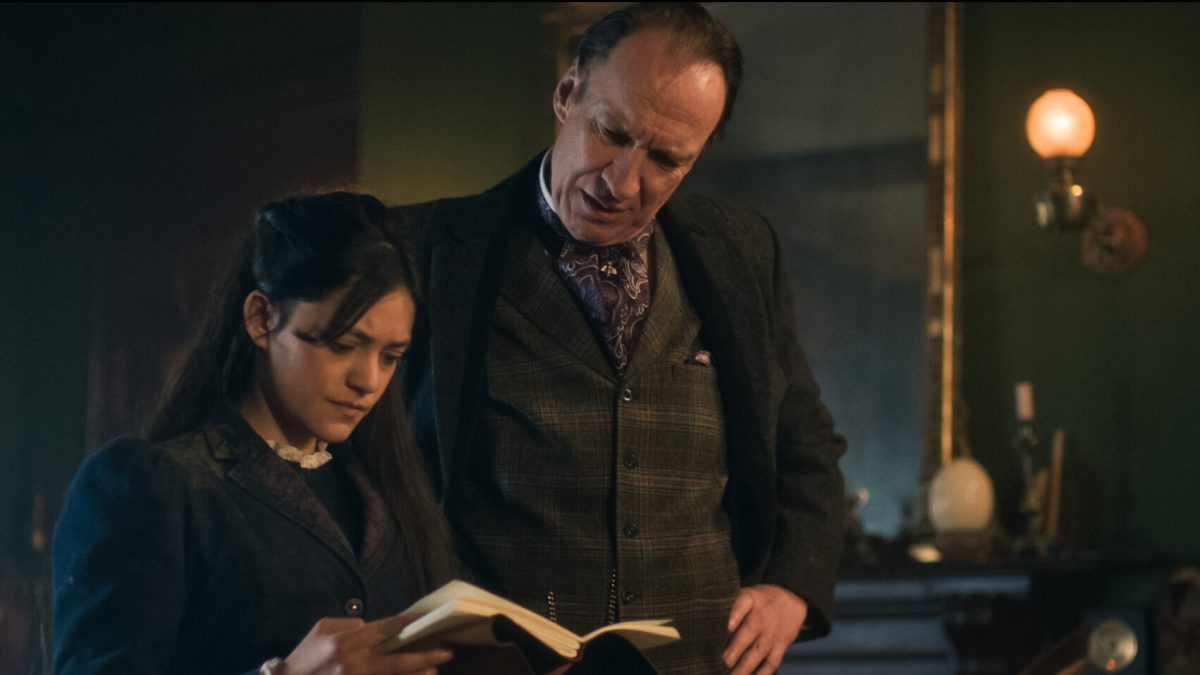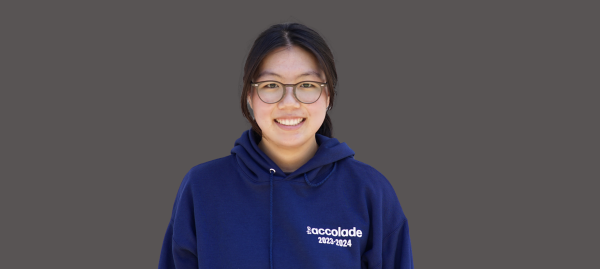Strange plus mad — “Doctor Strange in the Multiverse of Madness” has the perfect ingredients for a thrilling blockbuster to bewitch viewers with its novel level of gore and character depth.
With Sam Raimi (“Umma”) back at the helm of a superhero franchise – Rami originally directed the first Spiderman trilogy from 2002-2007 that paved the way for subsequent Marvel projects featuring Iron Man, the Hulk, Captain America and Thor – the May 6-released film continues where Stephen Strange left off in “Spiderman No Way Home.”
To quickly recap, Strange (Benedict Cumberbatch, “The Power of the Dog”) agreed to do Peter Parker a favor and cast a spell that caused everyone to forget that Parker was Spiderman. Part of that film allowed Spiderman (Tom Holland, “Uncharted: Drake’s Fortune”) to meet his two other iterations from different universes (Rami’s Parker played by Tobey Maguire and the “Amazing Spider-Man” two-movie run featuring Andrew Garfield in the title role).
The opening scenes of the sequel to 2016’s “Doctor Strange” instantly give viewers a dizzying preview of the events to come: Our protagonist and a new face to the Marvel cinematic universe [MCU], America Chavez (Xochitl Gomez, “The Baby-Sitters Club”), are running from a terrifying, tentacled monster moving through a cosmic obstacle course.
Among other scenes, this introduction truly flaunts the bold, computer-generated effects that audiences were disappointed in from earlier Marvel stand-alone movies like “Black Widow.”
The 126-minute film revolves around the unpredictable enemies Strange later confronts to protect Chavez, who possesses the uncontrollable ability to travel between the rips of the universe.
The generic Marvel road map mirrored in the first few cuts may disappoint some viewers as Strange suddenly finds himself in a ravaged city with cars flipping over when a one-eyed octopus chasing Chavez interrupts the wedding of his former lover, Christine Palmer (Rachel McAdams, “Eurovision Song Contest: The Story of Fire Saga”).
However, the introduction of the ultimate adversity — Wanda Maximoff, portrayed as the Scarlet Witch (Elizabeth Olsen, “Love and Death”) — and her emotional arc is what truly sets this movie apart from the previous Marvel flicks.
Those who are not familiar with the MCU will need to watch the 2021 “WandaVision” series available on Disney+ to get a comprehensive backstory on the traumatic events that led to Maximoff’s anguish-driven transformation.
However, missing out on those nine episodes won’t hinder the audience’s understanding that the Scarlet Witch is exploiting the powers of the Darkhold, a grimoire of wicked spells that gives her almost unrivaled power, to take Chavez’s ability for herself to travel to a universe where her children are still alive.
Giving the villain of the story a tragic motive to her madness makes Maximoff a unique antagonist compared to other Marvel evil icons as the Scarlet Witch seamlessly embodies the grief that follows maternal instinct and longing for a far away, happier reality.
Unfortunately, Strange’s relationship problems with Palmer seem overshadowed by Maximoff’s performance. Nonetheless, Strange and Maximoff’s connection in “Avengers: Infinity War” and “Avengers: Endgame,” where Maximoff kills the love of her life by ripping the soul stone out of Vision’s head, only for Strange to undo Maximoff’s sacrifice when he hands Thanos the stone, sets the foundation for the intense showdown and poignant storyline that will resonate even more for MCU fans.
Viewers may have anticipated seeing Maximoff’s beloved make an appearance in the parallel universe along with her children. However, not only is Vision left out from the entire movie, Maximoff shows no interest in seeking Vision in her multiversal pursuit.
So strange is this exclusion of Vision, who had a formative influence on Maximoff in previous films featuring the two, is that it could leave, particularly Marvel fans who know Maximoff’s backstory, bewildered at the Scarlet Witch’s motives not being reflective of her character.
The interactions between Strange and Chavez will also remind viewers of the mentor relationship that Tony Stark (Robert Downey Jr., “Dolittle”) had with Holland’s Parker. The dynamic of the two characters successfully leads to conversations that not only move the plot forward, but also reveals their insecurities. This gives Strange more depth following the first “Doctor Strange” movie, such as the meaning of the shattered watch the protagonist refuses to abandon.
The decision to replace some of the corny jokes that formerly lightened the mood with terrifying imagery, such as the vivid resemblance of the Scarlet Witch to a zombie and grotesque deaths, that perfectly fits the psychologically dark aspects makes the blockbuster worth the ticket price.
Marked by the movie’s flexibility to introduce characters thanks to the multiverse, the film features unexpected cameos such as an alternate Avengers ensemble called the Illuminati.
In spite of some fans who’ve criticized the flick for its focus on the Scarlet Witch – in turn, questioning whether this is truly a Doctor Strange sequel – the final clash truly shows why this is Strange’s film.
The ending scenes could give a rushed impression to some viewers. Indeed, a cliche finish for Chavez makes the conclusion anticlimactic and leaves readers thinking the writers of the film could have given more complexity to Chavez’s closure.
Nevertheless, the mentor-mentee trope teases the future of the MCU as well as what’s in store for the young heroine. In fact, this ending will far more satisfy viewers than staying to see the post-credit scenes, which will baffle even Marvel fans on its significance for what lies ahead for Marvel.
The continuation of one of the most loved sorcerers, MCU has just made the possibilities for future films stranger for the good.



